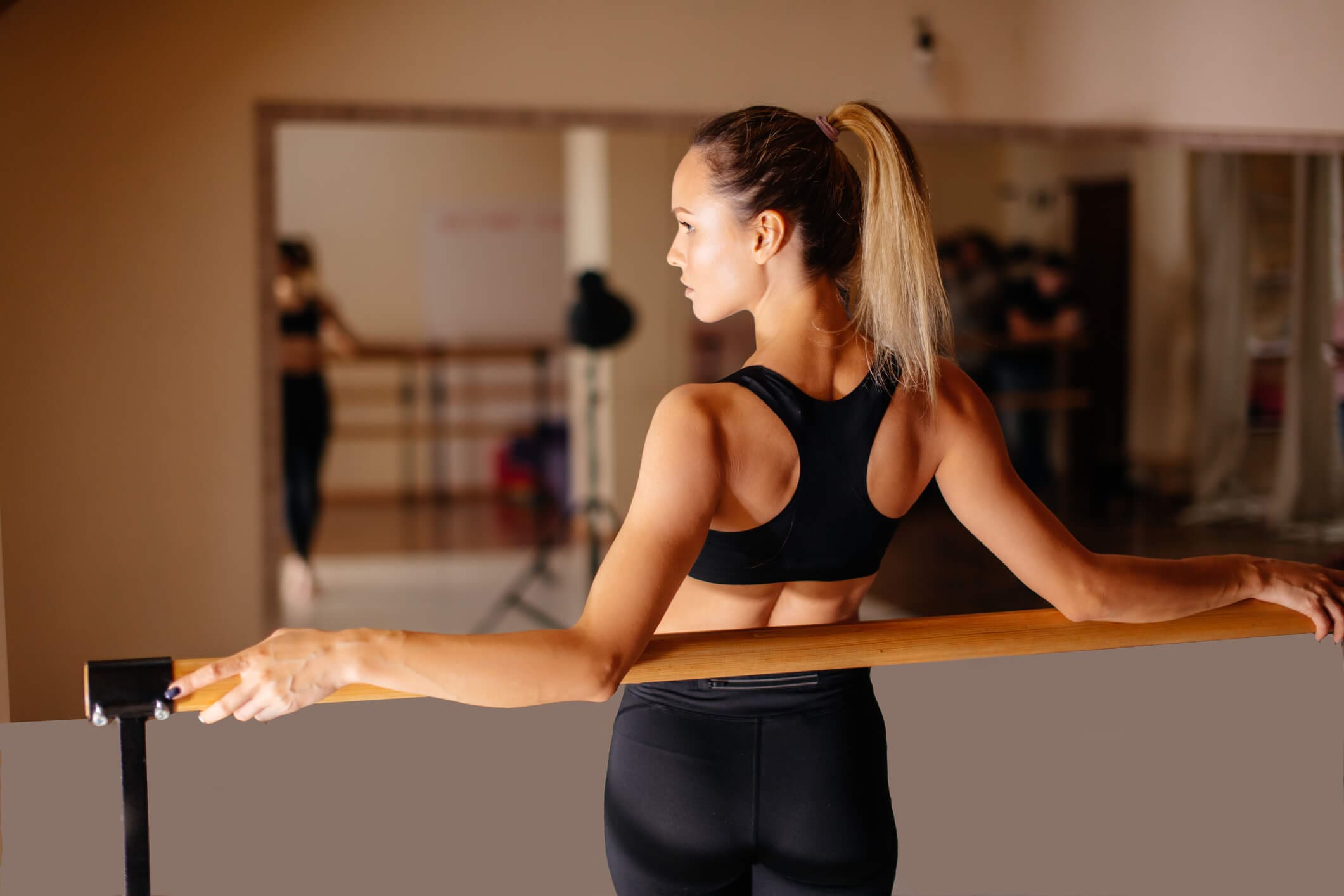
Summer brings long days and bright sunshine, and for ballet dancers, hot studios and sweaty rehearsals. While training during the summer months, it is important to take steps to protect your body and stay cool.
At the Oundle School of Ballet, this month’s blog offers summer training tips for ballet dancers. For more information about our classes call us on 01832 272 981.
Stay Hydrated
Water is your best friend in the heat. Even before you start feeling thirsty, make sure you’re drinking plenty throughout the day. Bring a large water bottle to class and take small sips between exercises.
If you’re sweating a lot, you might consider adding an electrolyte drink or tablet. However, be cautious with sugary or fizzy drinks, as they can actually make you feel more dehydrated.
Dress Smart
Choose lightweight, breathable fabrics like cotton or technical dancewear designed to wick away sweat. Avoid layers where possible.
Listen to Your Body
Pay attention to the warning signs of heat-related illness: headache, nausea, dizziness, confusion, rapid heartbeat, or extreme sweating. If you experience any of these, stop immediately, cool down, and seek help.
Let your teacher or a classmate know if you’re feeling unwell. It’s always better to rest and recover than risk injury or illness.
Post-Class Cool Down
After class, allow your body temperature to drop gradually. Move into a cool-down stretch routine in a shaded or cooler space.
It’s also important to change out of damp dancewear as soon as you can. Staying in sweaty clothes can lead to skin irritation or chills once you cool off. Bring a fresh set of clothes and a snack to help you recover.
Find out More
For more information about our dance school, please don’t hesitate to contact The Oundle School of Ballet. Call us in Oundle on 01832 272 981. Alternatively, send us a message via our contact form.

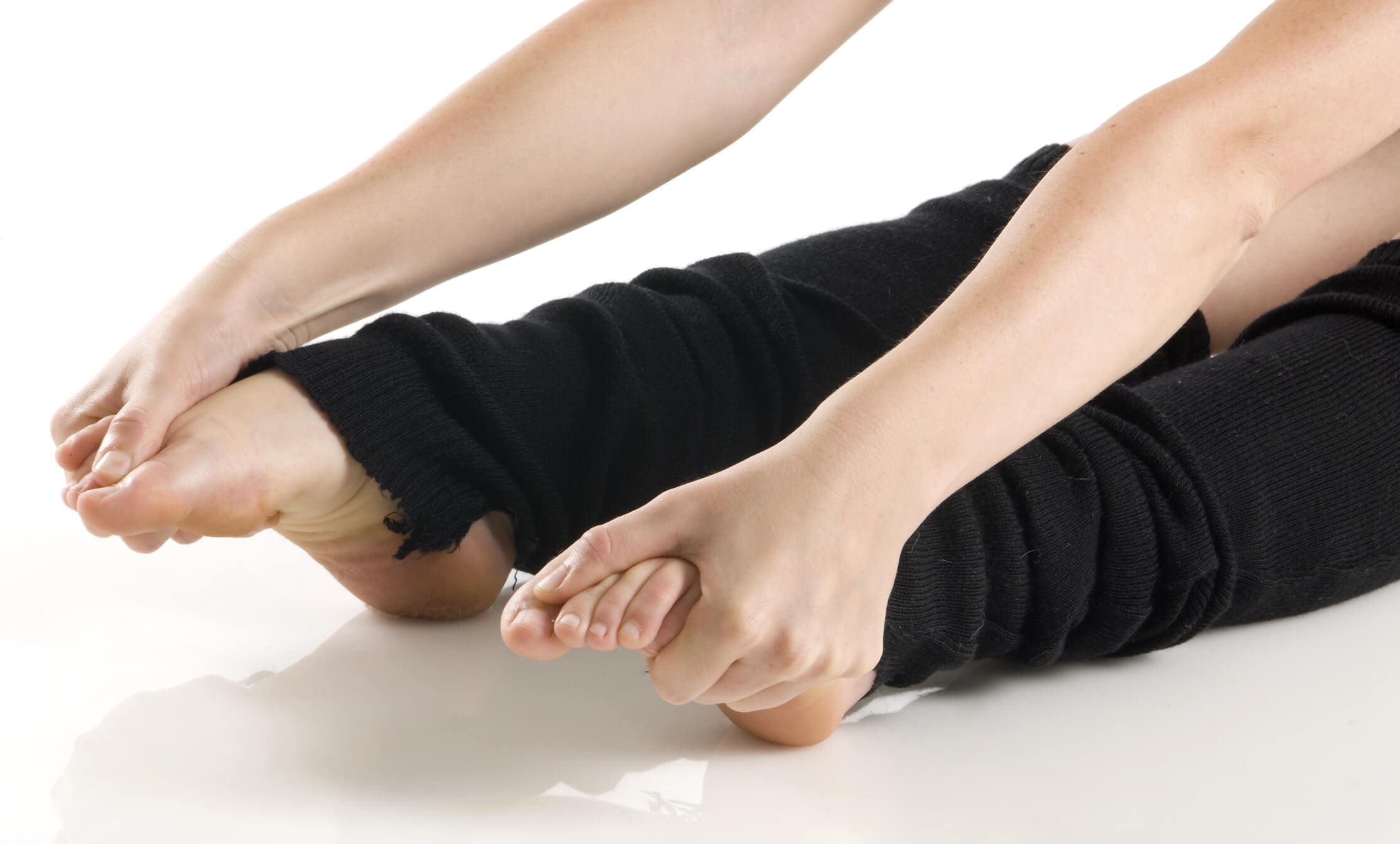
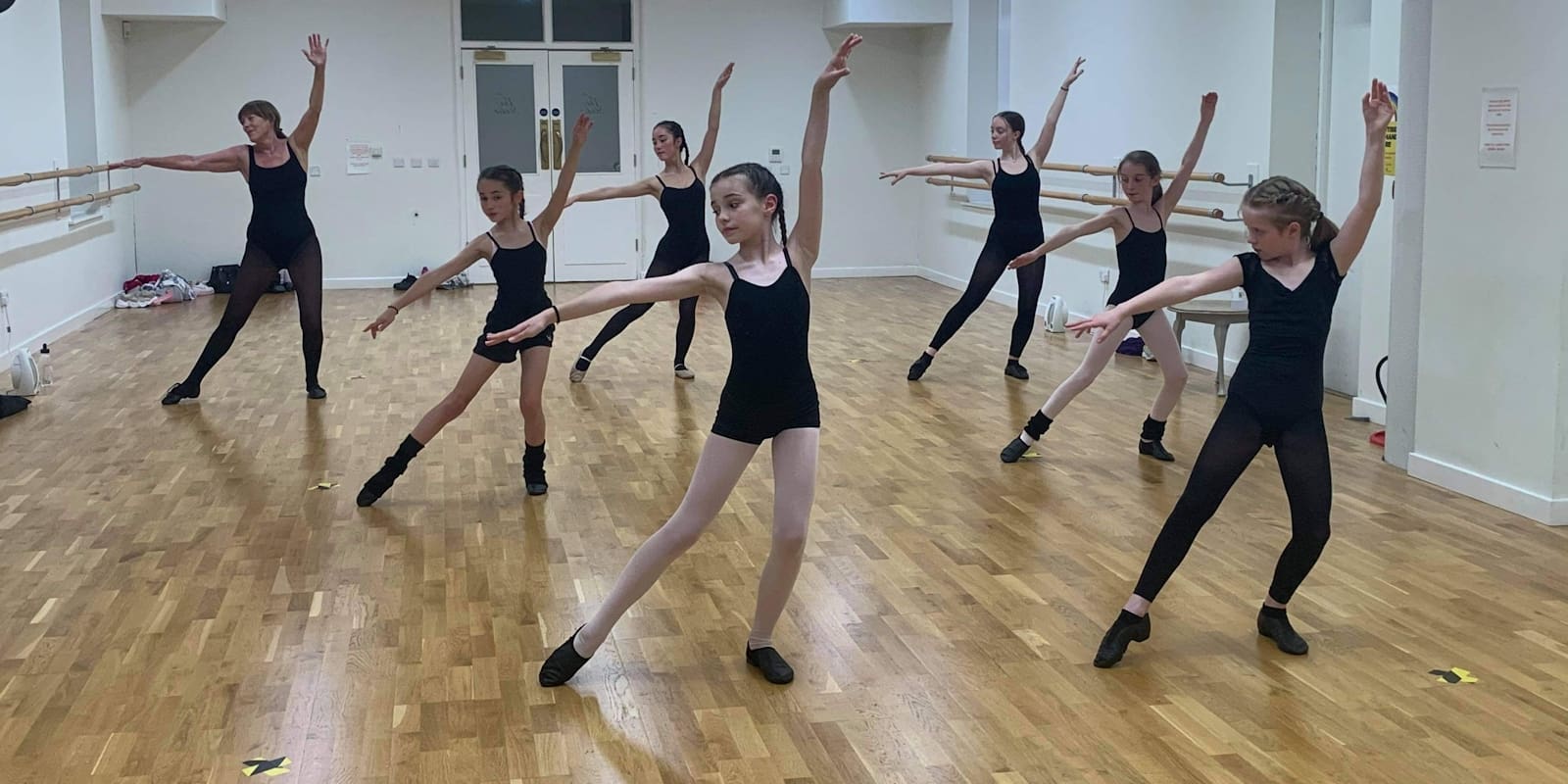

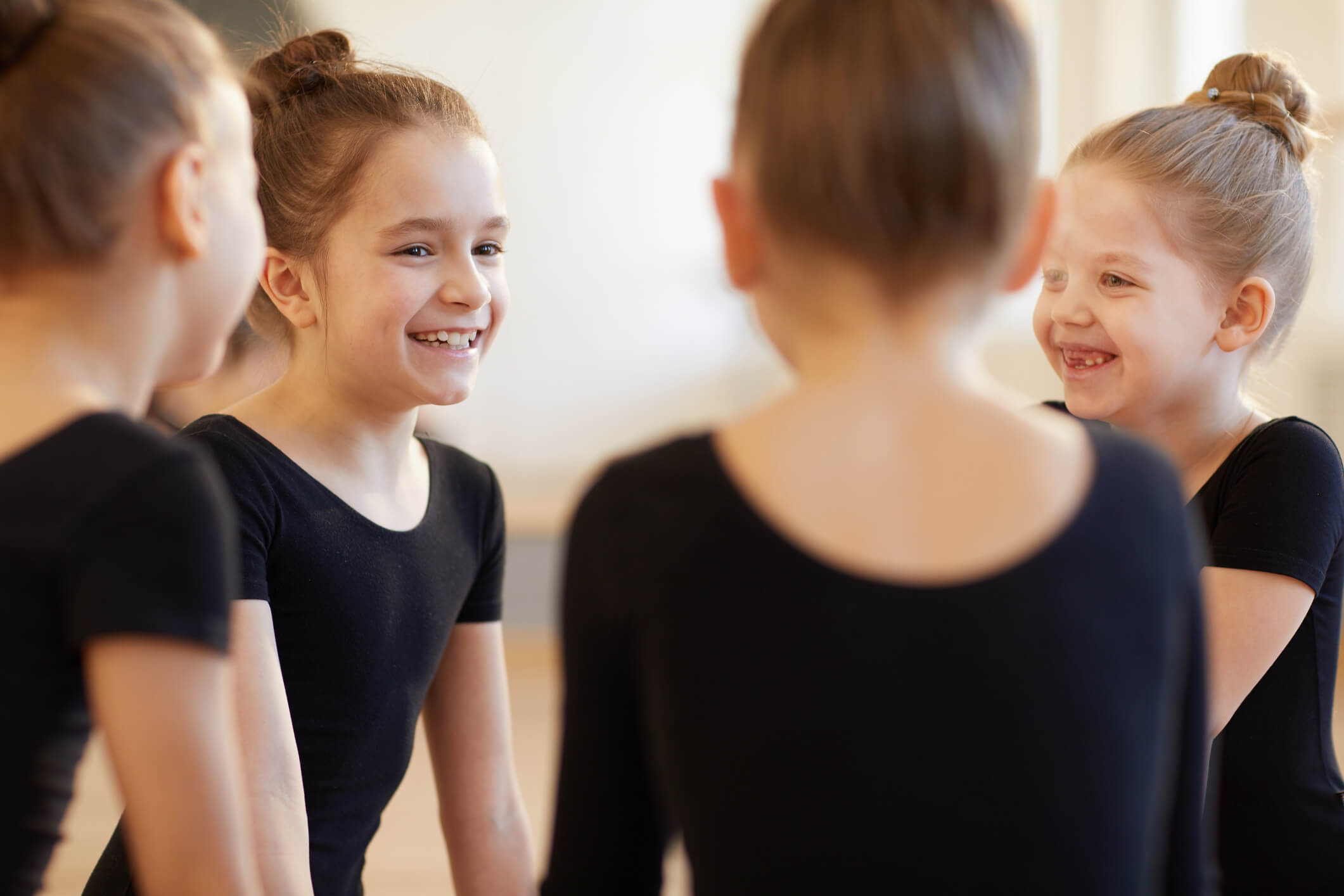
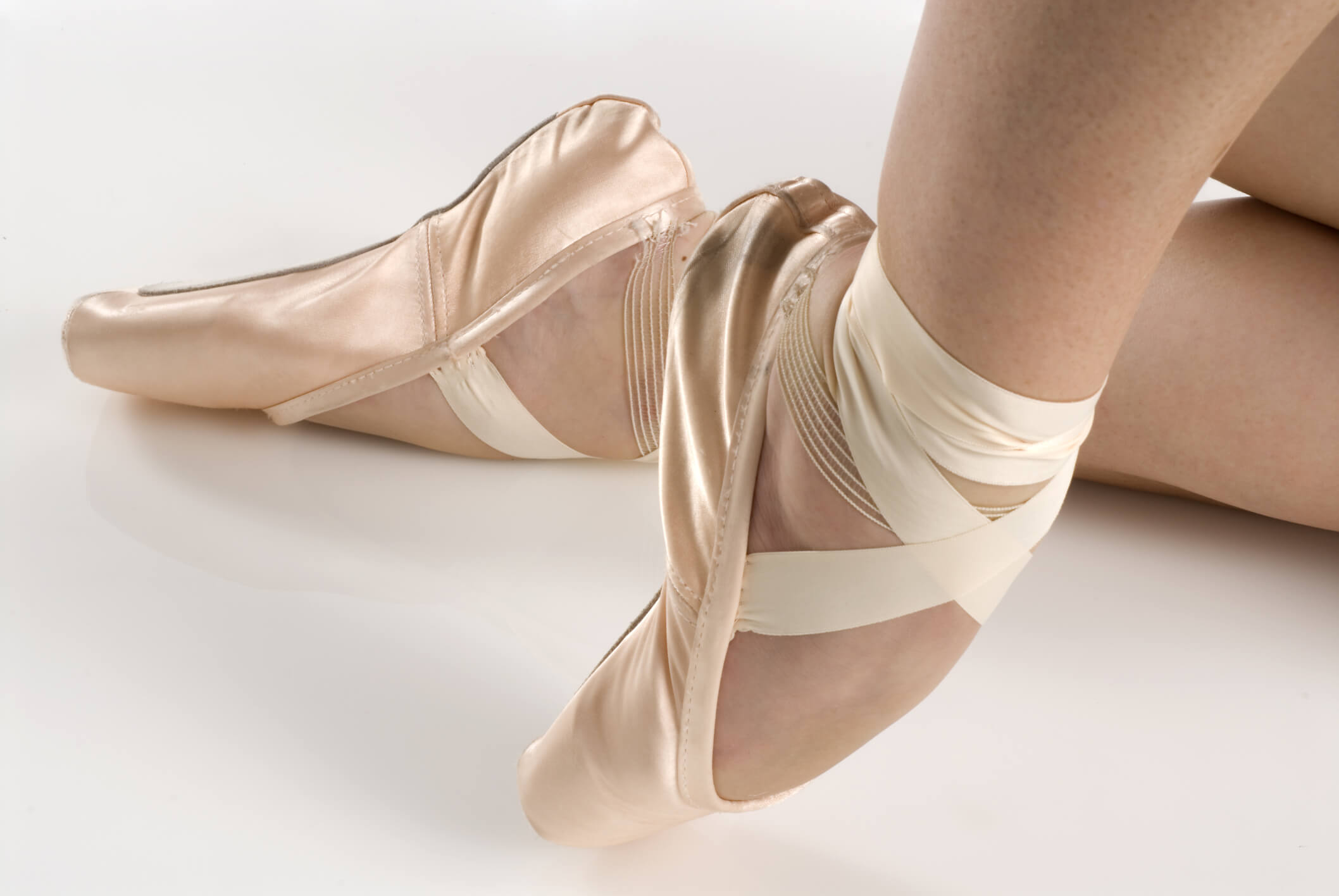

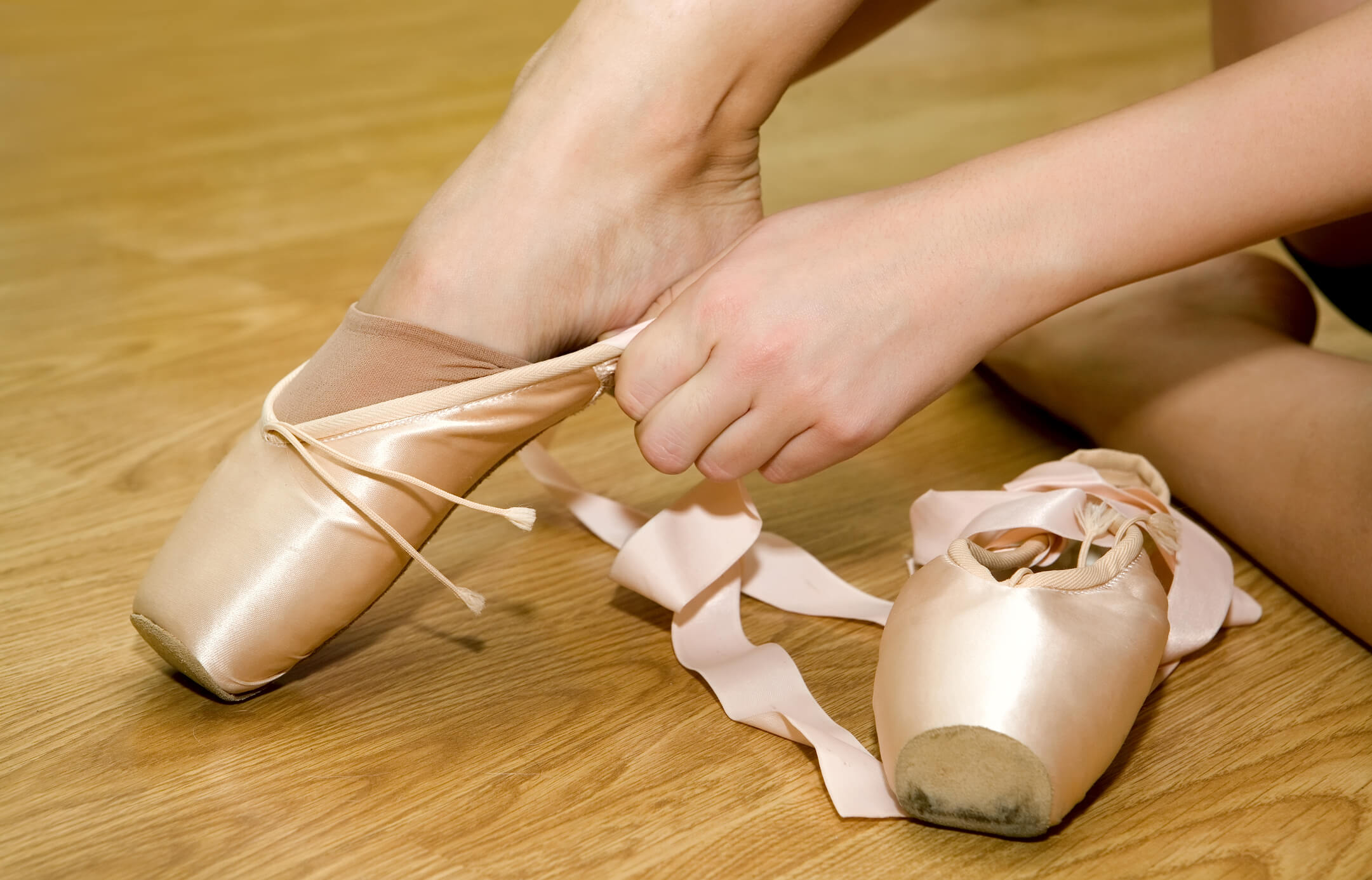
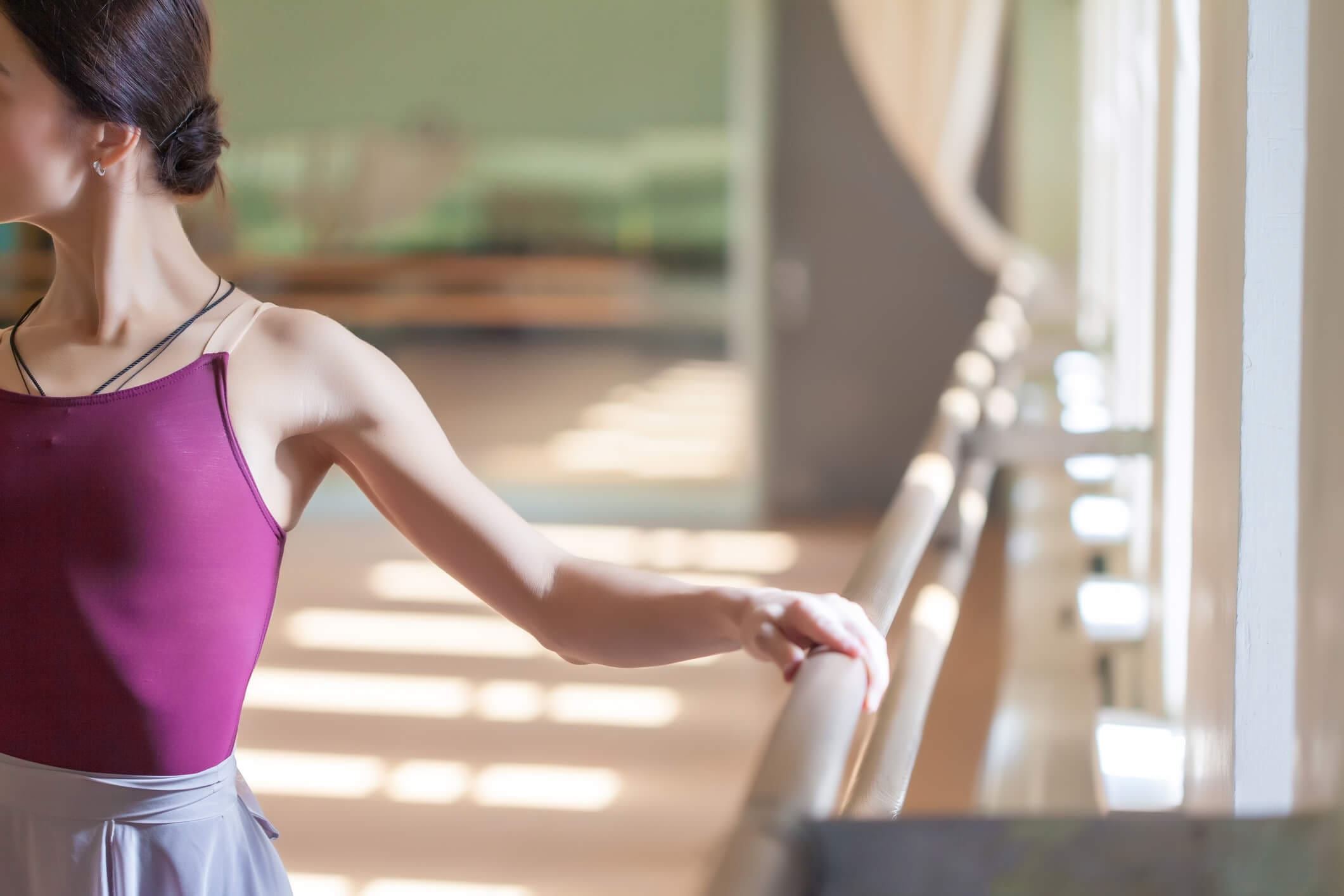


Recent Comments